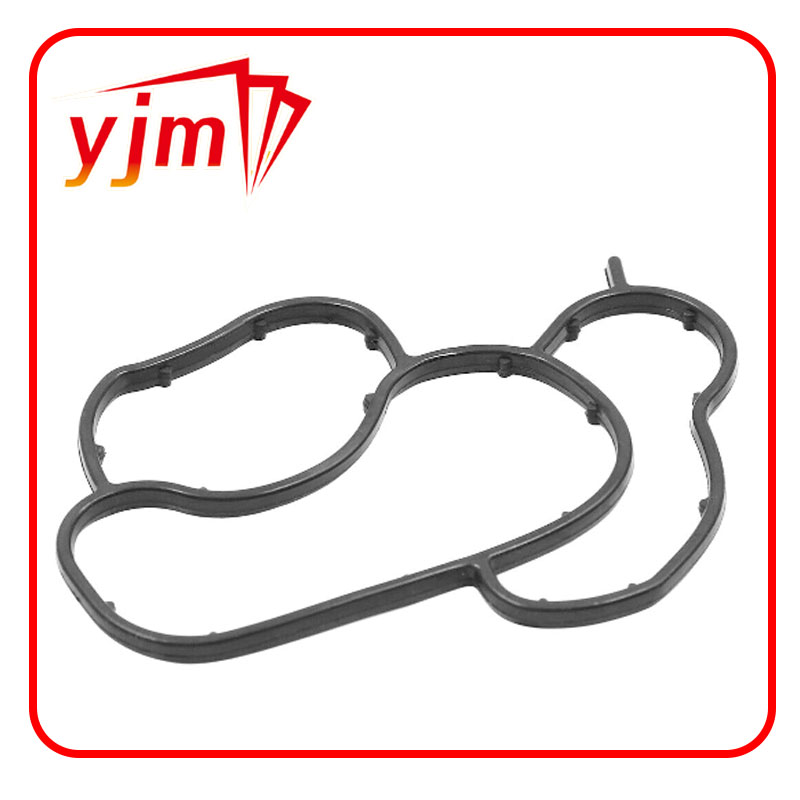Oil Cooler Housing Gasket Replacement Guide for Optimal Engine Performance and Longevity
Understanding Oil Cooler Housing Gaskets Importance and Function
Oil cooler housing gaskets play a critical role in the functionality and reliability of an engine's cooling system. They are essential components that ensure the proper sealing between the oil cooler and its housing, preventing leaks that could compromise engine performance.
What is an Oil Cooler Housing Gasket?
An oil cooler housing gasket is a thin, flat component typically made from rubber, silicone, or gasket paper. Its primary function is to create a tight seal between the oil cooler and the engine block or housing. The gasket is designed to withstand high temperatures and pressure, which are common in automotive applications. When an engine runs, it generates a significant amount of heat, and the oil cooler works to dissipate this heat, ensuring that the engine operates within optimal temperature ranges.
The Importance of Gaskets
The significance of oil cooler housing gaskets cannot be overstated. A properly functioning gasket prevents oil and coolant leaks, which could lead to several serious issues, including
1. Engine Overheating If the gasket fails, oil may mix with coolant, reducing the system's efficiency at dissipating heat. This could ultimately lead to overheating, potentially causing significant engine damage.
2. Oil Leaks A compromised gasket can allow oil to leak out, resulting in low oil levels. This can lead to insufficient lubrication of engine components, increasing wear and the risk of catastrophic engine failure.
3. Contamination In the event of a gasket failure, coolant could enter the oil system, leading to contamination. This can result in sludge formation, which can clog oil passages and adversely affect engine performance.
oil cooler housing gasket

Signs of a Failing Gasket
Detecting issues with the oil cooler housing gasket early on can save significant time and money in repairs. Common signs that a gasket may be failing include
- Oil Spots Finding oil spots under the vehicle can be a clear indicator of an oil leak caused by a damaged gasket. - Overheating Engine If the engine frequently overheats, it might signal a problem with the oil cooler or its gasket. - Mixed Fluids If you notice a milky substance on the oil dipstick, it can indicate coolant mixing with the oil due to a gasket failure.
Replacement of the Gasket
If your oil cooler housing gasket is showing signs of wear or failure, it is crucial to replace it as soon as possible. The replacement process typically involves
1. Removing the Oil Cooler This may require draining the engine oil and coolant to prevent spills. 2. Cleaning the Surfaces After removing the old gasket, the mating surfaces of the oil cooler and housing must be thoroughly cleaned to ensure a proper seal with the new gasket. 3. Installing the New Gasket The new gasket should be aligned carefully before reinstalling the oil cooler to avoid any future leaks.
4. Testing for Leaks Once the assembly is complete, it's essential to run the engine and check for any leaks, ensuring that the new gasket is functioning as intended.
Conclusion
The oil cooler housing gasket is a small yet vital component of an engine's cooling system. Neglecting its maintenance or replacement can lead to severe engine issues over time. Regular inspections and prompt attention to signs of gasket failure can significantly extend the life of your engine and enhance its overall performance. Remember, a small investment in maintaining your oil cooler housing gasket can save you from costly repairs down the line.
-
Understanding the Front Main Engine Seal: Purpose, Maintenance, and Installation
News Jul.29,2025
-
Understanding O-Rings and Seal Rings: Types, Applications, and Custom Solutions
News Jul.29,2025
-
Understanding Crankshaft Oil Seals: Rear Seals, Pulley Seals, and Their Role in Engine Integrity
News Jul.29,2025
-
The Importance of Front and Rear Crankshaft Seals in Engine Performance and Oil Management
News Jul.29,2025
-
Crank Oil Seals: Functions, Types, and Cost Considerations in Engine Maintenance
News Jul.29,2025
-
A Comprehensive Guide to O-Rings and Seals: Types, Materials, and Global Applications
News Jul.29,2025
-
Mastering Diesel and Performance Engine Maintenance: A Guide to Critical Oil Gaskets
News Jul.28,2025
Products categories















